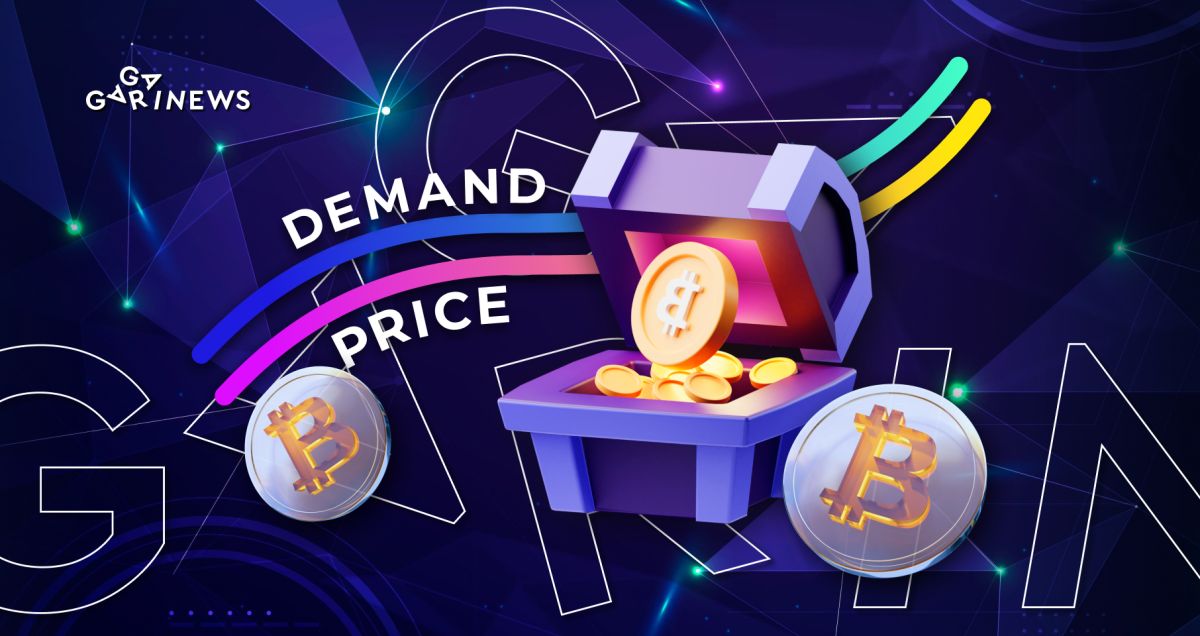Veblen goods in the crypto space: Bitcoin and popular NFTs

Price and demand for standard goods and services intended for mass consumption have a negative correlation: as prices rise, demand falls. The exception to this rule is Veblen goods.
On this page
As the price rises, so does the demand for them. This economic definition includes luxury goods, which their owners use to demonstrate their superiority, wealth, and social status. They typically have a very high quality, and a limited supply, so wealthy people want to purchase them. And the rising price only fuels this desire.
Because premium products defy the law of demand, they have an ascending demand curve, whereas standard products have a descending one. No universally accepted price standard can be used to identify Veblen goods. However, one thing is certain: their price is significantly higher than the average price of goods in the same category with similar functions.
Veblen goods include works of art by popular artists, luxury clothing and car brands, vintage wines, antiques, and luxury real estate. Their high price is typically due to their rarity, exclusivity, and perceived social value. The cost makes it clear that they are designed exclusively for wealthy and successful people.
Historical preconditions for the emergence of Veblen goods
The term evolved from the concept of “conspicuous consumption,” which was introduced by Thorstein Veblen, an American economist and sociologist of Norwegian origin. He described it in his book The Theory of the Leisure Class in 1899.
Later the term “conspicuous consumption” became known as the Veblen Effect or the Veblen paradox.
Thorstein claims that in a market economic environment, consumers are subjected to social pressure and a variety of psychological traps that lead to unreasonable conclusions and decisions. The Veblen Effect demonstrates that people with a lot of money are drawn to high-end, overpriced goods that ordinary people can't afford. Therefore, there are goods for which demand increases as the price rises.
How do bitcoin and popular NFTs go with Veblen goods?
Bitcoin and expensive NFTs can be considered Veblen goods in part. In fact, they can be referred to as such as long as they are traded at a high price, are in high demand, and are unavailable to the majority of ordinary consumers. However, for this, it is necessary to agree that they should be classified as goods. Also, we do not take into consideration the fact that even the smallest units of BTC (satoshi) can be purchased.
Until 2013, Bitcoin was valued at less than $100. For a long time, almost no one knew about it and even fewer expected it to grow to $69,000. When the price of bitcoin remained low, so did demand.
However, as the cryptocurrency gained popularity and more people learned about its properties, its price and demand increased. Perhaps when cryptocurrency first gained widespread attention in 2017 and broke through the $1,000 barrier, wealthy people who value elitism became interested in it and began to invest in it due to the technology's cost and novelty. The price continued to rise, attracting new high-status investors.
One of the most expensive NFTs (Everydays: The First 5000 Days), created by an artist known as Beeple, was sold for a record $69 million in 2021, right at the peak of the obsession with digital certificates for contemporary art. It is difficult to justify such a cost because the initial price of the lot was $100. However, everything falls into place if you follow the Veblen Effect. The product becomes more popular, the price rises, the premium rises, and the demand from the wealthy rises.
The content on The Coinomist is for informational purposes only and should not be interpreted as financial advice. While we strive to provide accurate and up-to-date information, we do not guarantee the accuracy, completeness, or reliability of any content. Neither we accept liability for any errors or omissions in the information provided or for any financial losses incurred as a result of relying on this information. Actions based on this content are at your own risk. Always do your own research and consult a professional. See our Terms, Privacy Policy, and Disclaimers for more details.


























